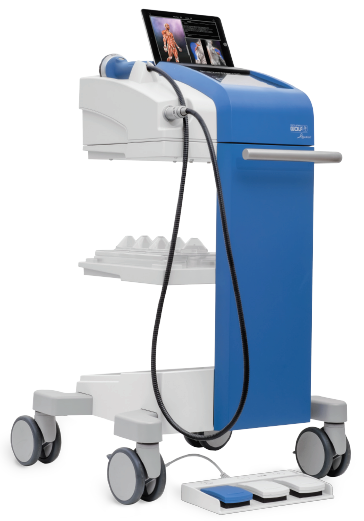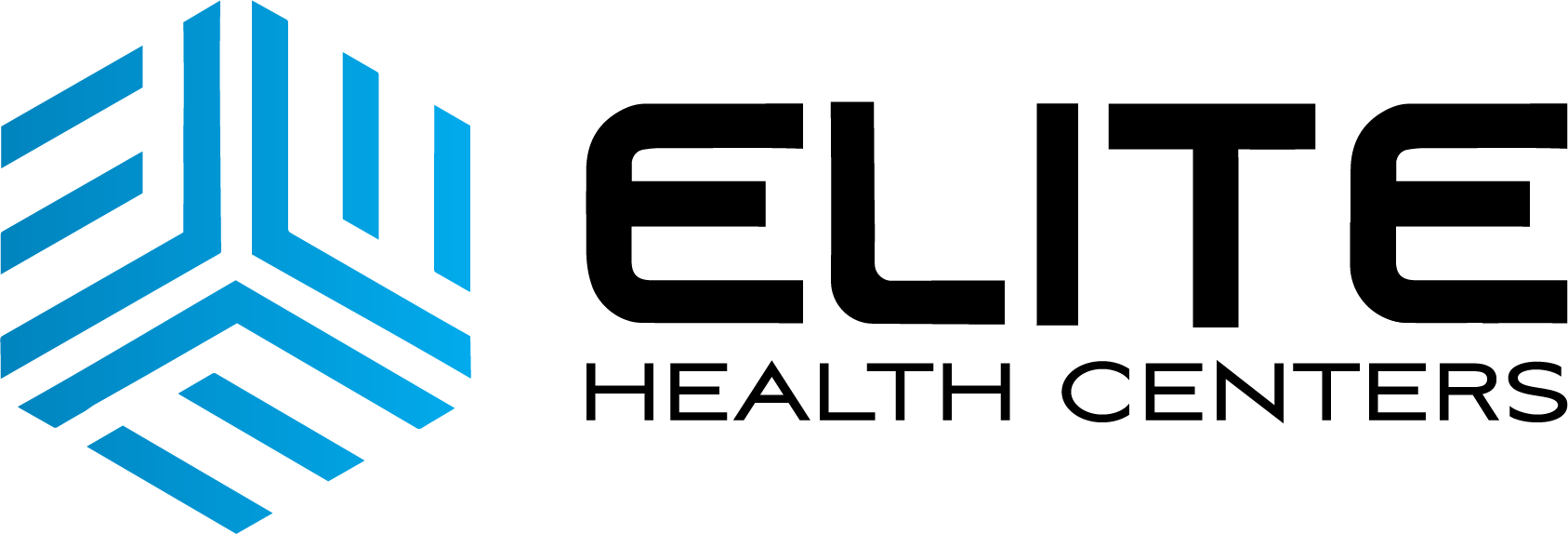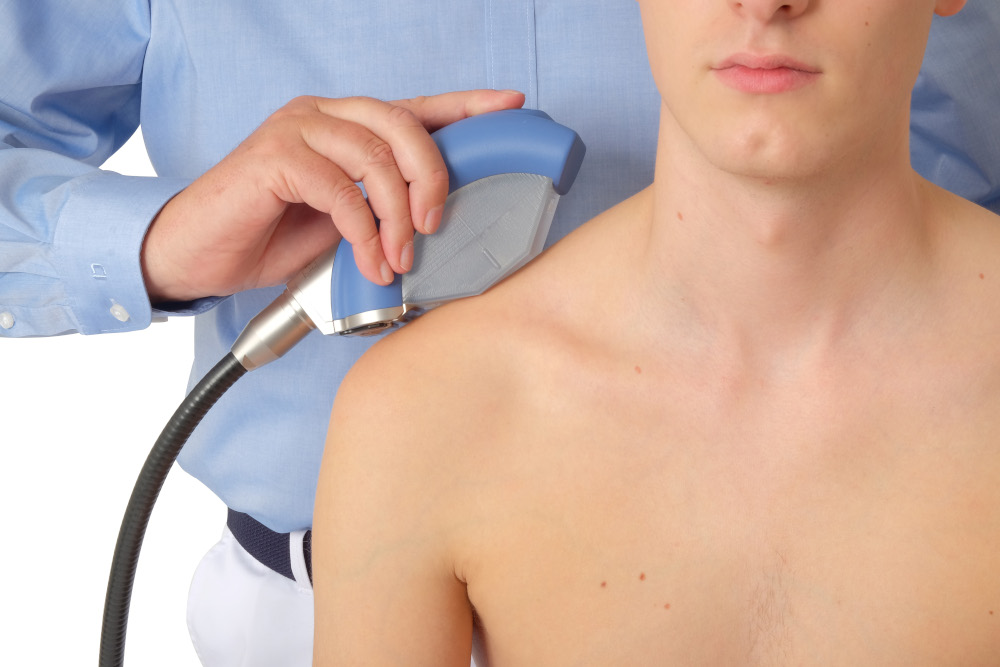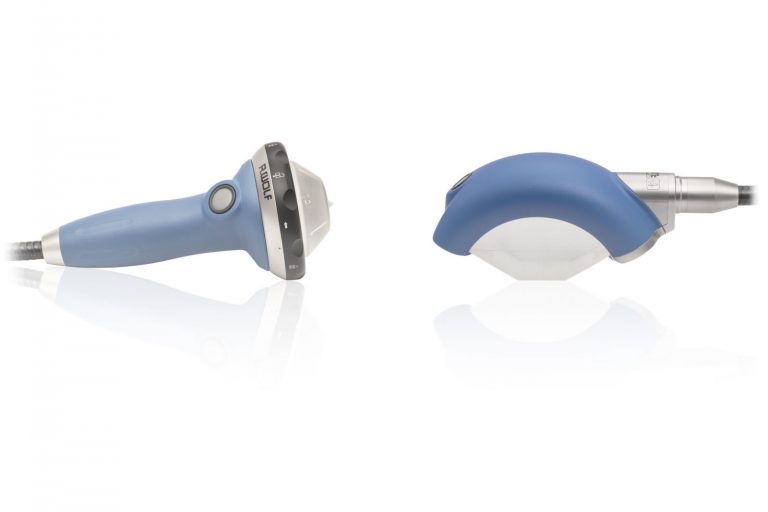Shockwave Therapy
Extracorporeal Shockwave Therapy (SWT) / PiezoWave Therapy is a modality used for the treatment of a variety of musculoskeletal conditions such as:
- Shoulder Pain
- Hip Pain
- Knee Pain
- Low Back Pain
- Neck Pain
- Hand/Wrist Pain
- Foot/Ankle Pain
- Plantar Fasciitis
- Achilles Tendinopathy
- Retrocalcaneal Bursitis
- Lateral Epicondylitis (Tennis Elbow)
- Medial Epicondylitis (Golfer’s Elbow)
- Calcific Tendonitis (supraspinatus tendon, etc.)
- Patellar Tendinitis (Jumper’s Knee)
The PiezoWave device is an advanced technology that uses acoustic shockwaves to break up soft tissue calcifications, enhance collagen synthesis, release growth factors, and stimulate your body’s healing process to improve pain and help you stay active.
Shockwave/PiezoWave Therapy is widely used in the treatment of acute and chronic pain in muscles, tendons, and joints. Shockwave targets at varying depths to compress and manipulate the tissues resulting in a focused and precise therapy. The results of the mechanical stimulus delivered by the PiezoWave device lead to increased circulation, increased protein synthesis, and effective pain relief — key components in the healing process.
Pros of Shockwave Therapy
![]() Non-Invasive.
Non-Invasive.
PiezoWave therapy does not require any incisions. The pulses are delivered through skin contact. In fact, that’s why the procedure is often more fully known as extracorporeal shockwave therapy—extracorporeal means “outside the body.” This alone makes it a very compelling alternative to a surgical procedure.
![]() Drug-Free.
Drug-Free.
No medications or drugs of any kinds are used in the procedure. There are no steroid injections and no prescriptions. The healing processes that PiezoWave therapy stimulates are completely
natural functions that your body can handle all on its own. The shockwaves are necessary only to “kick start” the process.
![]() No Downtime.
No Downtime.
Unlike surgery, there is no downtime associated with shockwave therapy. You walk into our office, we perform the treatment (usually only 15-20 minutes), and you walk out. It will not get in the way of any activities or daily living that you were already able to perform before the appointment.
![]() Safe.
Safe.
Shockwave therapy is extremely safe. Minor side effects, such as mild swelling, bruising, or aches may be experienced for a few days after the procedure, but major side effects are extremely rare.


![]() Greatly Accelerates the Healing Process.
Greatly Accelerates the Healing Process.
We often talk about shockwave therapy as an alternative to surgery, and that is often how things happen. For many people, shockwave therapy is recommended in situations where the “usual” conservative treatments (like stretching, rest, physical therapy, etc.) fail to provide adequate results. Shockwave therapy can then often get you “over the hump” and finally eliminate the chronic pain so you don’t need to have surgery.
That said, shockwave therapy can also be incorporated earlier in the process, alongside the more traditional conservative treatments, in order to substantially reduce the overall healing and recovery time. This is an attractive option for people who want the fastest possible return to full activity, such as athletes and people with physically demanding occupations.
![]() Pinpoints the Pain and Treats It at the Source.
Pinpoints the Pain and Treats It at the Source.
PiezoWave/Shockwave Therapy is widely used in the treatment of acute and chronic pain in muscles, tendons, and joints. Shockwave targets tissue at varying depths to compress and manipulate tissue resulting in a focused and precise deep tissue therapy. The results of the mechanical stimulus delivered by the PiezoWave device can lead to increased circulation and pain relief – key components in the healing process.


PiezoWave Therapy Offers a Highly Effective Alternative to Surgery & Injections
Advantages of Shockwave/PiezoWave Therapy
- Locates and Alleviates Musculoskeletal Pain
- Improves Mobility
- Non-Invasive
- Reduced Pain Medications
- Outpatient Treatment
- Short Therapy Time of Approx. 10-20 min.
PiezoWave Therapy Treats Pain Resulting From
- Trigger Points
- Myofascial Dysfunction
- Tendinopathy
- Soft Tissue Strains
- Repetitive Stress
- Injuries
How Long Does PiezoWave Therapy Treatment Take?
During each treatment, shockwaves increase circulation, drawing oxygen and nutrients to the damaged area. This creates an optimal healing environment that reduces inflammation, swelling, muscle spasms, stiffness, and pain. As the injured area returns to normal, function is restored, and pain is relieved.
- A typical PiezoWave Therapy treatment takes between 10 and 20 minutes
- Normally, 1-2 treatments per week are performed
- 3-5 treatments may be necessary before lasting improvement is achieved
- Depending on the severity and chronicity of the issue, up to 10 treatments may be
recommeded - With acute pain, a single session of PiezoWave Therapy is often successful
A More In-Depth Look at The Science Behind Shockwave Therapy…
PiezoWave technology allows the shockwave to be focused directly through the affected tissue resulting in several effects:
- Mechanical pressure and tension forces on the tissue which has been shown to increase cell membrane permeability thereby increasing microscopic circulation and therefore the metabolism within the treated area. This promotes healing and may result in the dissolution of calcific deposits.
- The pressure front creates behind it a “cavitation bubble” which are small empty cavities created behind a pressure front. When the bubbles collapse, they create a resultant force that has a mechanical impact on the treated tissue. This force helps to break down calcific deposits embedded in damaged tissue.
- Shockwaves stimulate fibroblasts that are cells responsible for healing of connective tissue such as muscle and tendons.
- Diminishes pain by two mechanisms. Hyperstimulation anesthesia – local nerve endings are overwhelmed with so many stimuli that their activity diminishes resulting in short-term reduction in pain. Gate-control mechanism – whereby local nerves are stimulated to recalibrate perception of pain and result in longer-term reduction in pain.




